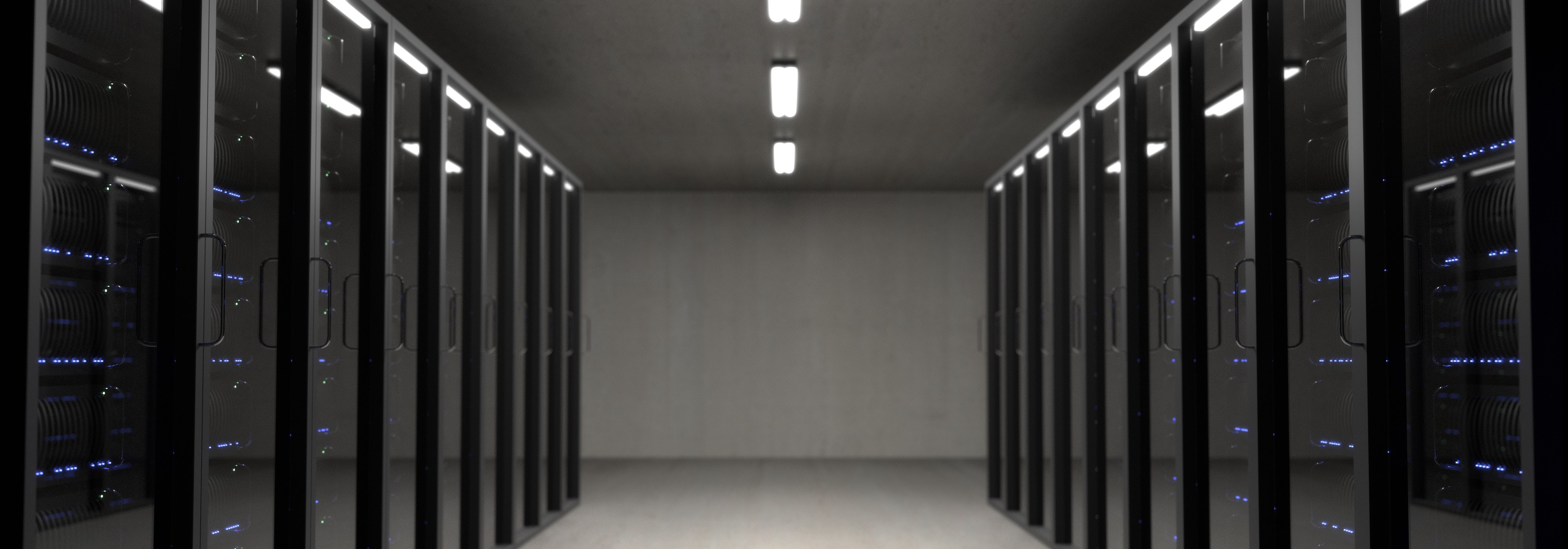The Business Analyst – statistical study of business data
The business analyst will have a good appreciation of the business model and the market it will serve, including demographics, geographic location and nearby competition. The analyst will review historical data, to better appreciate the performance of the business over time. He or she also identifies seasonal trends and advises management on these trends.
Business analysts use specific tools and models (to learn more about business analysis tools, click here), such as time series, to perform their analyses. They learn from past data and use it to assess future business performance.
After gathering, reviewing and assessing all the data, the business analyst must then write a report. This report will initiate a dialogue between the analyst and the company's decision makers about the current business model and whether it should be changed.
Sometimes a business analyst is expected to make software recommendations to meet the needs identified during the business model assessment. In this role, a business analyst must be able to work with programmers to communicate and modify systems, as well as with users to train them and respond to questions or problems that arise.
Data analysis means the process and exercise of using data to answer questions, extract insights, and identify trends. This is done using a set of tools, as well as techniques and frameworks that differ according to the kind of data analysis being conducted.
The four main types of analysis are
- Descriptive analytics, examines data to investigate, understand, and describe an event that has occurred in the past.
- Diagnostic analytics, goes further than descriptive analysis by looking at why something happened.
- Predictive analytics, uses past data, trends, and hypotheses to answer key questions about what will occur in the coming years.
- Prescriptive analytics, aims to pinpoint particular actions that organization should perform to reach future targets or goals.
Primary objective of business analytics is to extract significant information from data from which an organization can use to develop its strategy and thereby achieve its goals.
The Data Scientist – science of data study using statistics, algorithms, and technology
Instead of evaluating a business like a business analyst, the data scientist is more like a heart rate monitor. Data scientists take the current pulse of the market.
They don't look for aggregate overviews and insights like business analysts do. Instead, they seek to capture specific details to pinpoint specific trends and models in the data.
A data scientist seeks to integrate each data occurrence into a mathematical model that would provide a scaffold for predictions of future events. He or she is versed in the advanced mathematics and machine learning programs required for such predictive models.
Data scientists can think of potential sales boosting strategies, such as a marketing promotion, and can then run comparisons or simulations of other brands' sales when the promotions are implemented to predict which approach would produce the highest profit margins.
In addition to identifying these trends, a data scientist is also responsible for reporting the results and alternatives to decision makers. They typically use statistics based programming with data visualization packages.
While data analytics is primarily focused on making sense of data sets and gathering actionable insights, data science is focused on creating, cleaning, and organizing data sets. Data scientists build and operate algorithms, statistical models and their own tailored analytics to gather and turn raw data into something that can be more easily understood.
Data scientists set the foundation for all sorts of analysis that an organization performs. To do this, they perform key duties, such as:
- Data processing: cleaning and structuring data to make it more usable.
- Statistical modeling: taking data through various models such as regression, classification, and cluster models, to identify connections between different variables and to better interpret the numbers.
- Programming: writing computer programs and algorithms in a variety of languages - such as R, Python and SQL - that can be used to analyze large data sets more efficiently than through manual analysis.
By becoming familiar with the concepts, terminology, and techniques used by the data scientists on your team, you will be able to better communicate with these important business professionals and have a greater comprehension of what information can and cannot be gained from data.
Mastering key data science skills can enable you to evaluate and learn from your organization's data, thereby increasing the value you provide to your company while decreasing your reliance on anyone else.
Which position is made for you?
Choosing the right program could be challenging. If you're making a decision about a prospective career between a business analyst and a data scientist, envisioning the type of position you want should steer you in the right direction. Do you enjoy having interaction with people? Do you enjoy synthesizing insights and write reports? If so, you're probably more likely to be satisfied with a business analyst position than a data scientist position, as data scientists work more independently. Data scientists are also more technically inclined by nature, so if you have a more highly engineered background, a career as a data scientist is potentially a good fit for you.


